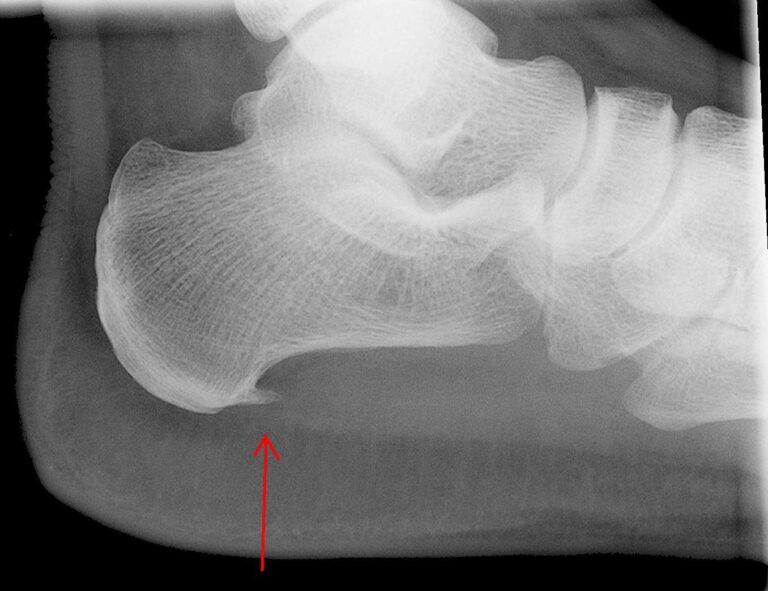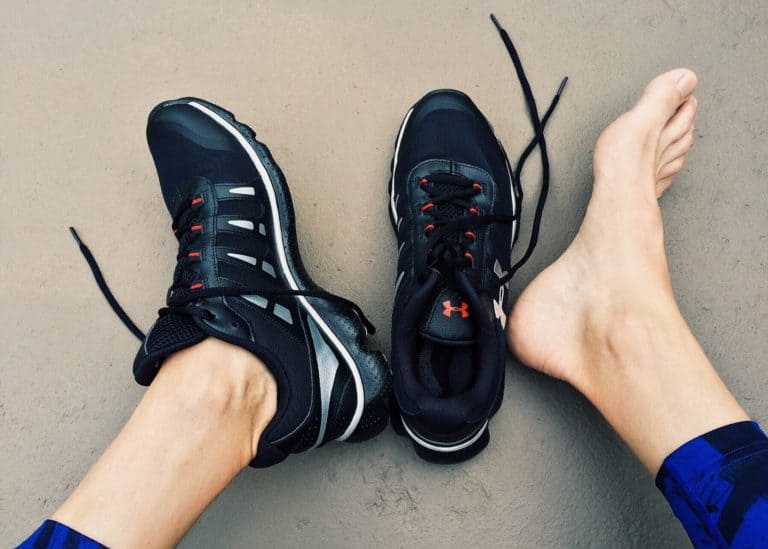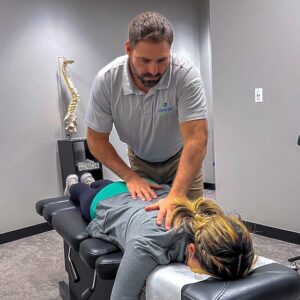Plantar fasciitis – a painful inflammation along the bottom of the feet that many people feel during their first steps after getting up – regularly appears when people overexert themselves during certain activities, stand excessively, use poor foot dynamics or are overweight. If you suffer from plantar fasciitis, you already know how uncomfortable it can be.
Luckily, there are natural things you can do to help.
To prevent plantar fasciitis, you can practice a set of specific exercises and stretches that will only take you a few minutes daily and should resolve some of the issues you’re having.
Treating plantar fasciitis early is essential. Without proper care, the irritation can become chronic, leading to persistent plantar fasciitis pain and changes in how you walk, which can cause additional issues like knee pain or shoulder pain. Conservative approaches such as stretching, supportive footwear, and chiropractic care can promote healing and prevent long-term mobility challenges.
Below, we’ll explain to you how to eliminate the pain from plantar fasciitis naturally with these simple tips.
Video: Dr. Alysha from Evolve Chiropractic Shows How to Eliminate Pain from Plantar Fasciitis
Who Gets Plantar Fasciitis?
More than 3 million people in the U.S. experience plantar fasciitis each year, with the highest prevalence between ages 40 and 60. While athletes are often associated with the condition, it can affect anyone – especially those with jobs that involve long hours of standing, poor posture, or biomechanical challenges.
At Evolve, our chiropractors often see that age-related changes – such as reduced elasticity in connective tissue – can make the plantar fascia more prone to irritation. This loss of flexibility, combined with factors like gait imbalances or unsupportive footwear, increases the risk of developing plantar fasciitis symptoms.
What is the Plantar Fascia?
Plantar fasciitis can sometimes develop without a clear cause, but several factors increase risk. These can be grouped into:

Mechanical risks
- Flat feet or high arches that change weight distribution
- Excessive pronation – rolling the feet inward when walking – which increases strain on the plantar fascia
- Tight calf muscles that reduce ankle flexibility
Lifestyle risks
- Wearing worn-out or unsupportive shoes
- Occupations requiring prolonged standing on hard surfaces
- High-impact activities like running or aerobics without proper recovery
Biological risks
- Carrying extra body weight, which puts more stress on the heel bone
- Age-related changes in tissue elasticity, especially between 40–60 years of age
Addressing these factors early is an important part of pain management and plantar fasciitis relief.
Symptoms of Plantar Fasciitis
Generally, pain is the main sign you may have plantar fasciitis. However, the following details can be considered:
- Feeling sharp heel pain when walking – especially the first few steps upon waking in the morning.
- Discomfort when turning the foot after a long time of being inactive, for example, when we stay in the same posture without moving for hours.
- Ache or soreness after working out or being active in general
- Stiffness that improves slightly with movement
Milder cases may only produce pain at certain times of day, while more severe cases can cause ongoing discomfort that impacts daily mobility. If foot pain and other symptoms persist, worsen, or begin altering the way you walk, it’s important to seek professional care.
In many patients, symptoms are related to specific foot mechanics – such as flat feet, high arches, or excessive pronation – that place extra strain on the plantar fascia.
Can a Chiropractor Help with Plantar Fasciitis?
Often, people ask “can chiropractic treat plantar fasciitis?” Yes – our chiropractors take a holistic approach to addressing the condition, looking beyond just the foot. We assess foot mechanics, gait, and posture, and may also evaluate the knees, hips, and spine for related issues we can address with chiropractic treatment.
With us, your care may include targeted chiropractic adjustment to improve ankle, knee, hip, and spinal adjustment alignment, reducing strain on the plantar fascia. We often combine adjustments with massage therapy to relieve tightness in the calves and foot muscles, improving circulation and mobility.
Additional recommendations might include custom orthotics, home stretching programs, and physical therapy services to restore strength and flexibility. If posture or gait issues are contributing factors, we may suggest posture correction therapy to improve alignment from the ground up.
When a bone spur is present, chiropractic care help can manage discomfort and maintain mobility without invasive procedures. For more details, visit our guide on chiropractic services and plantar fasciitis

Recommended Exercises to Relieve the Pain of Plantar Fasciitis Naturally
Calf Stretches
- Find a step or other flat surface that allows you to keep the front of your foot supported while the back of your foot can move downwards (In the video, Dr. Alysha uses a special angled platform made for calf stretches so you can use one of those as well if you have one – in which case you can simply perform the exercise as shown).
- Stand towards the end of the surface with firm toes and a slightly elevated heel.
- Carefully lower your heel without bending your knees, letting your toes rise naturally. This will create a stretch in your calf muscle.
- Hold this position for 30 seconds then come back to the initial position.
- Switch feet and repeat.
- Perform 10 repetitions of this exercise on each side, 3 times a day.
Wall Stretch
- Place your hands on a wall.
- Stretch out your arms and move one of your legs straight back while the other knee is bent slightly.
- Without taking your heels off the ground, bend your body forward.
- Hold it for 30 seconds to feel the stretch.
- Do 10 repetitions 3 times a day.
Myofascial Release Using Ball Rolling
- Using a lacrosse ball or frozen bottle of water, apply pressure to the sole of the foot by rolling it over the chosen object. Doing this with a frozen bottle of water has the added benefit of helping reduce inflammation in the foot.
- Do this for a few minutes. You can perform this exercise while doing other things like watching TV or sitting at your desk.
Mobilizing the Foot
- Sit in a comfortable position where you can interlock your fingers between your toes.
- Splay your fingers between your toes and start bending the toes backwards.
- Rotate your toes slowly, with light pressure.
- As your foot begins to relax, move your fingers further through the spaces between your toes and intensify the movement slightly.
- Do this for a few minutes on each foot.
Wrapping It Up
Sources Include:
https://www.ncbi.nlm.nih.gov/pmc/articles/PMC3687890/
https://www.news-medical.net/health/Plantar-Fasciitis-Treatment.aspx
https://nccih.nih.gov/research/results/spotlight/Plantar-Fasciitis-Pain
https://www.mayoclinic.org/diseases-conditions/plantar-fasciitis/symptoms-causes/syc-20354846
Note: This content is for educational purposes only and should not be taken as medical advice. If you or any other person has a medical concern, you should consult with your healthcare provider or seek other professional medical treatment. Never disregard professional medical advice or delay in seeking it because of something that have read on this blog or in any linked materials.





